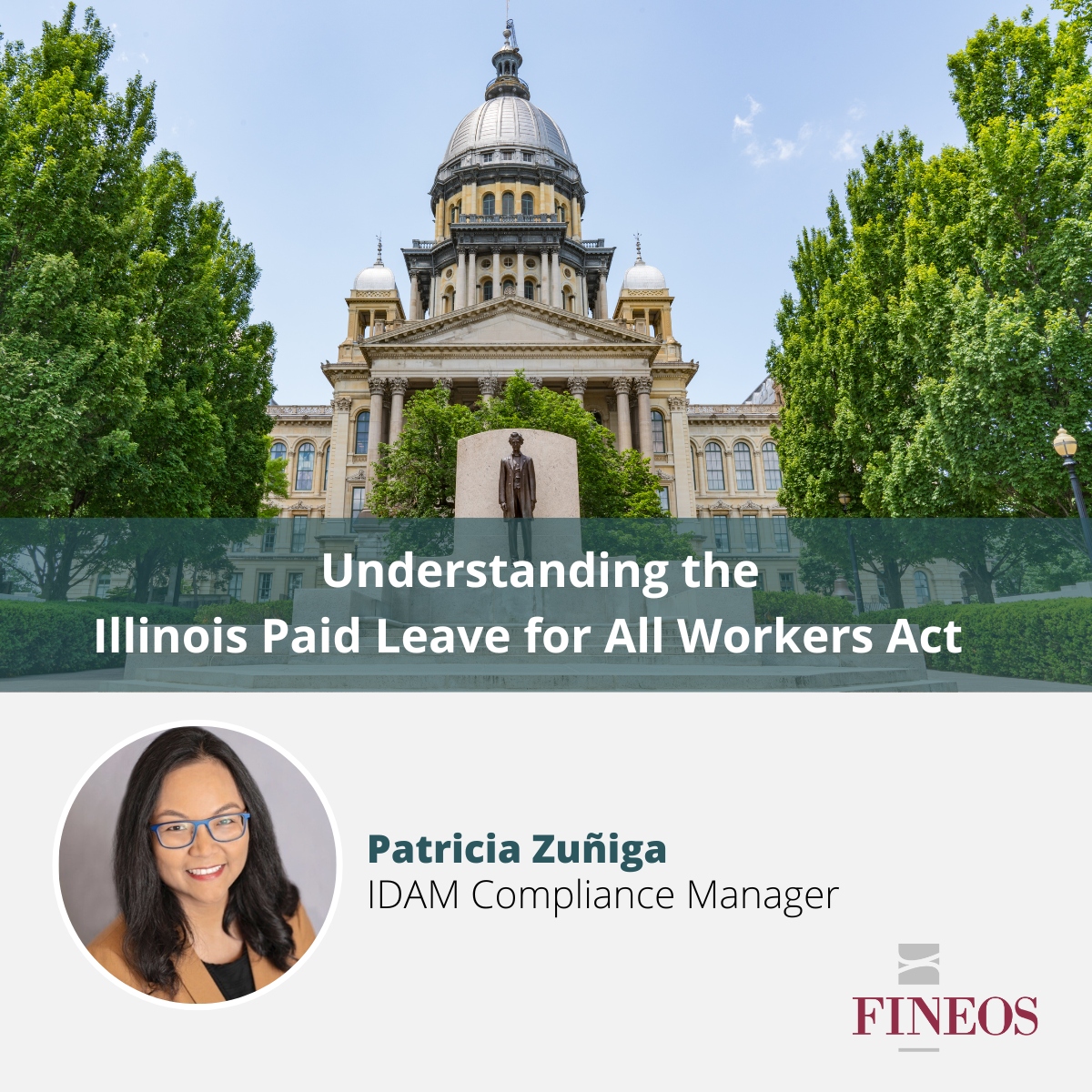On May 22, the Governor of Vermont signed House Bill 461, substantially expanding the Vermont Parental and Family Leave Act. The changes go into effect on July 1, 2025. Read on to learn the key changes made to the law:
- Expansion of reasons for leave. Previously the law permitted an employee to take leave for their own serious health condition or the serious health condition of certain family members, the employee’s pregnancy, and bonding with a new child.
-
- The amendment expands the permissible reasons for leave to include bereavement leave, safe leave for reasons related to domestic violence, sexual assault, or stalking, and leave for a qualifying military exigency.
-
- The amendment permits up to 2 weeks for bereavement leave (within the overall 12-week entitlement), permitting up to 5 days to be used consecutively.
-
- The law also expands the leave an employee can take to bond with an adopted child to children 18 years and under (from 16).
- Eligibility. Previously the law required an employee to have worked an average of 30 hours per week within the prior year to be eligible for leave. The amendment keeps that requirement but expands eligibility to employees who meet the service requirements set forth in the Federal Family Medical Leave Act for airline flight crews.
- Expansion of Covered Relationships. Prior to the amendment, the law permitted an employee to take leave for the serious health condition of their child (including a stepchild, ward, or foster child), parent, parent-in-law, and spouse. The amendment expands this to include all of the following relationships:
-
- Child:
-
-
- employee’s biological, adopted, or foster child
-
-
-
- employee’s stepchild or legal ward
-
-
-
- child of the employee’s spouse or civil union or domestic partner
-
-
-
- child to whom the employee stands in loco parentis, regardless of legal documentation
-
-
-
- individual to whom the employee stood in loco parentis when the individual was under 18 years of age
-
-
-
- an individual for whom the employee provides caregiving responsibilities similar to those of a parent-child relationship
-
-
- Parent:
-
-
- parent of an employee or an employee’s spouse or civil union or domestic partner, regardless of whether the relationship to the employee or the employee’s spouse or civil union or domestic partner is a biological, foster, adoptive, or step relationship
-
-
-
- Legal guardian of an employee or employee’s spouse or civil union or domestic partner
-
-
-
- a person who stands in loco parentis for the employee or who stood in loco parentis when the employee or employee’s spouse or civil union or domestic partner was under 18 years of age
-
-
- Spouse, Civil Union, Domestic Partner: A person to whom the employee is legally married under the laws of any state or a civil union or domestic partner of an employee
-
- Grandparent, grandchild, or sibling of the employee or the employee’s spouse or civil union or domestic partner, regardless of whether the relationship to the employee or the employee’s spouse or civil union or domestic partner is a biological, foster, adoptive, or step relationship.
- Expansion of Relationships for Short-Term Family Leave. Previously, the law permitted an employee to take up to four hours in any 30-day period, not to exceed 24 hours in any 12-month period leave for:
-
- school activities of the employee’s child
-
- routine medical or dental appointments, or other professional services for the employee’s child (including step, foster, or ward), parent, parent-in-law, or spouse
-
- to respond to a medical emergency involving the child (including step, foster, or ward), parent, parent-in-law, or spouse
The law expands the covered relationships for all reasons under the Short-Term Family leave to include the same covered relationships listed above.
FINEOS can help with your state leave programs
Using modern insurance technology solutions like the FINEOS Platform can help insurance carriers and employers remain compliant when leave legislation is revised and new leave programs are enacted by governing jurisdictions. Learn more about how a modern, integrated disability and absence management (IDAM) solution can help your organization adapt to this rapidly evolving market and remain in compliance.


